Germany : Strong Demand and Innovation Drive Growth
Germany holds a dominant position in the European pillow market, accounting for approximately 30% of the total market share with a value of $1,450.0 million. Key growth drivers include a rising awareness of sleep health, increased disposable income, and a growing trend towards premium bedding products. Regulatory policies promoting sustainable materials and government initiatives supporting local manufacturing further enhance market potential. The robust infrastructure and industrial development in Germany facilitate efficient distribution and production processes.
UK : Health-Conscious Consumers Drive Demand
The UK pillow market is valued at $950.0 million, representing about 20% of the European market share. The growth is driven by a surge in health-conscious consumers seeking quality sleep solutions. Demand trends indicate a preference for ergonomic and memory foam pillows, supported by government initiatives promoting health and wellness. The UK’s well-established retail infrastructure, including e-commerce platforms, enhances accessibility for consumers.
France : Cultural Influences Shape Market Trends
France's pillow market is valued at $800.0 million, capturing around 17% of the European market share. The growth is fueled by diverse consumer preferences influenced by cultural factors, with a notable demand for luxury and designer pillows. Regulatory policies focusing on product safety and quality standards play a crucial role in shaping the market. The French market is characterized by a mix of traditional and modern retail channels, enhancing consumer access.
Russia : Increasing Urbanization Boosts Demand
Russia's pillow market is valued at $600.0 million, accounting for approximately 13% of the European market share. Key growth drivers include increasing urbanization, rising disposable incomes, and a growing middle class. Demand trends show a shift towards premium products, with government initiatives supporting local manufacturing. The competitive landscape features both local and international players, with major cities like Moscow and St. Petersburg being key markets.
Italy : High Demand for Quality Products
Italy's pillow market is valued at $500.0 million, representing about 11% of the European market share. The market is driven by a strong demand for luxury and high-quality bedding products, influenced by Italian design and craftsmanship. Regulatory policies ensure product safety and quality, while the growing e-commerce sector enhances market accessibility. Key cities like Milan and Rome are central to the competitive landscape, featuring both local artisans and international brands.
Spain : Health Trends Influence Consumer Choices
Spain's pillow market is valued at $400.0 million, capturing around 9% of the European market share. The growth is driven by increasing awareness of sleep wellness and health trends, with consumers seeking ergonomic and hypoallergenic options. Government initiatives promoting health and wellness contribute to market expansion. The competitive landscape includes both local and international brands, with major cities like Madrid and Barcelona being key markets.
Rest of Europe : Varied Preferences Across Regions
The Rest of Europe pillow market is valued at $535.0 million, accounting for about 11% of the total market share. This sub-region showcases diverse consumer preferences influenced by local cultures and lifestyles. Key growth drivers include increasing disposable incomes and a rising focus on sleep quality. Regulatory policies vary by country, impacting product offerings. The competitive landscape features a mix of local and international players, catering to unique regional demands.



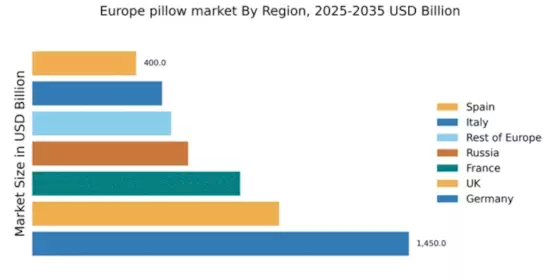
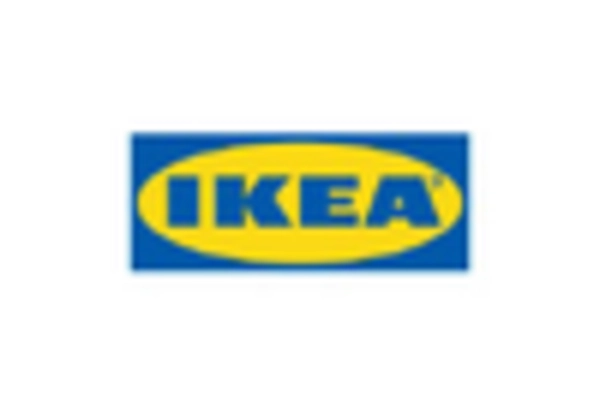

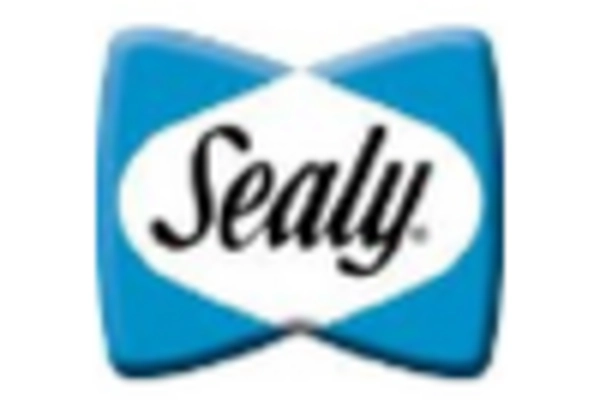

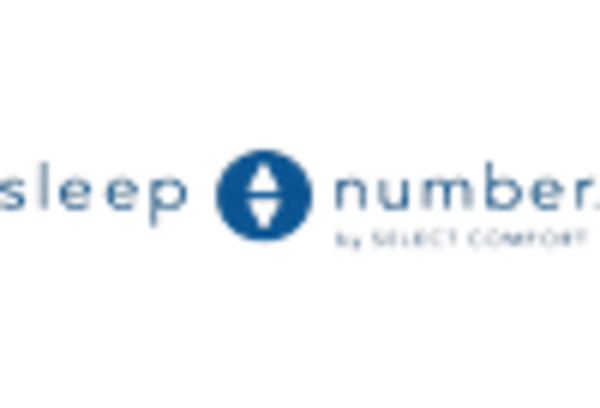
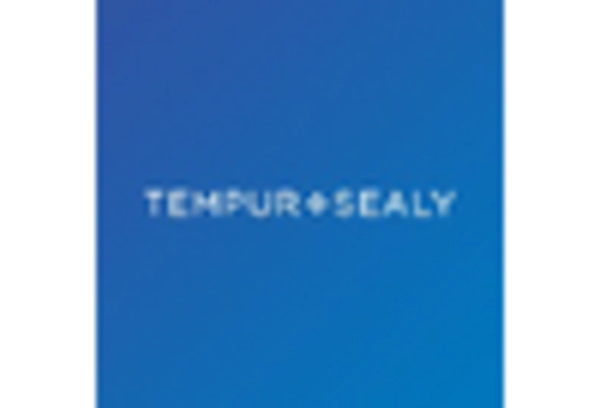








Leave a Comment